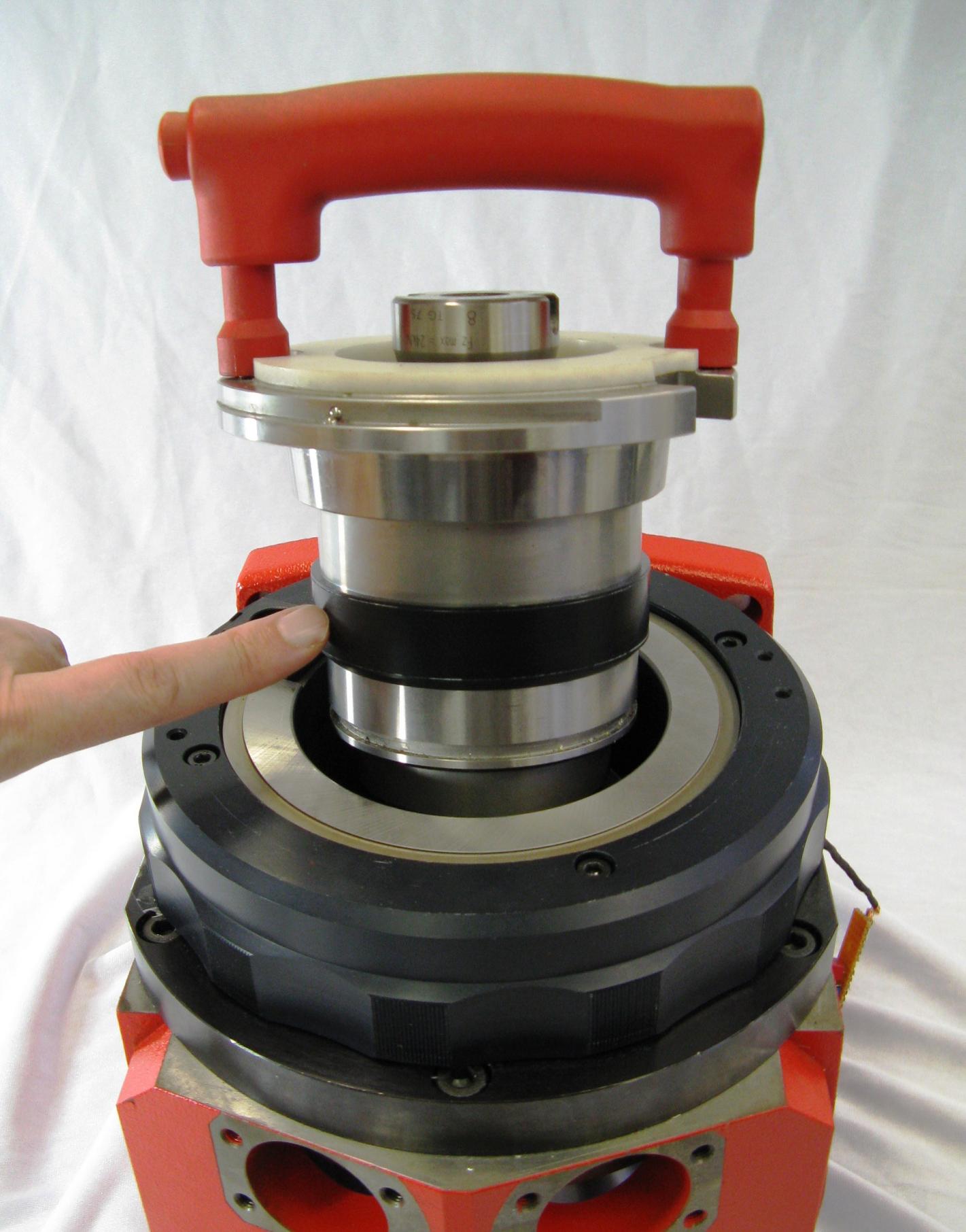RFIDs transmit through metal
Metal efficiently blocks radiation, such as that emitted by RFID chips – small data storage units that are integrated in various objects and transmit their information to a reading device. Now, it is possible to access the information on an RFID chip even if it is surrounded by metal.
Machining processes call for the utmost precision, often down to the nearest hundredth of a millimeter. If a milling cutter or drill is worn out, it can no longer guarantee this precision. The tools therefore have to be regularly surveyed before they are put to work on the processing machine. They revolve during the inspection so that even the smallest deviations from their rotational path can be detected. At present, such inspections are performed manually. Drills have to be placed in a holder, or spindle, with a suitable adapter. The tool and the adapter each have their own serial number. These and other data, such as the dimensions, are typed into a computer by hand. Errors creep in all too easily.
This process is set to become easier in the future. On behalf of Kelch & Links GmbH in Schorndorf, researchers at the Fraunhofer Institute for Microelectronic Circuits and Systems IMS in Duisburg have found a way of integrating RFID chips in metal tools for the first time. On request, the tiny data carriers transmit information to a reading device located outside the metal spindle holding the tool and adapter. The main challenge involved is that metal efficiently blocks radiation – as anyone who has tried to use their cell phone inside a house made of reinforced concrete will be able to confirm. The same applies to RFID chips: If they are located inside objects made of metal, their information cannot penetrate the material to reach the reading device. “We have now split up the transmission path,” explains IMS group manager Dr. Gerd vom Bögel. “From the RFID chip, which is located inside the adapter, the data are first transmitted via a cable to the interface between the adapter and the spindle. From here, they are forwarded wirelessly to the spindle by two antenna coils, one of which is in the insertion module, the other in the spindle. The interface between the rotating spindle and the stationary part of the measuring device is also bridged wirelessly.”
A small batch of the new RFID measuring devices, integrated in tools made by Kelch & Links GmbH, is already being used by selected customers. Vom Bögel also envisages other areas of application: “This transmission principle can be applied wherever information needs to be transmitted wirelessly across several path segments – for instance in a robot arm with swiveling joints.”
